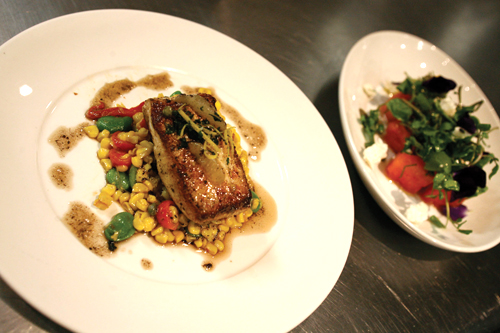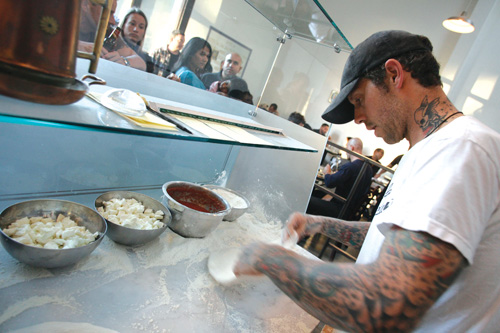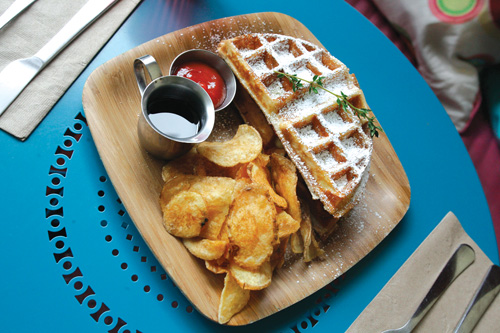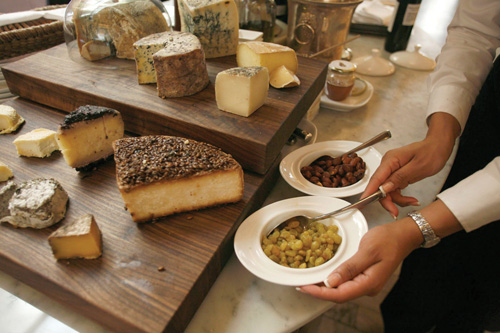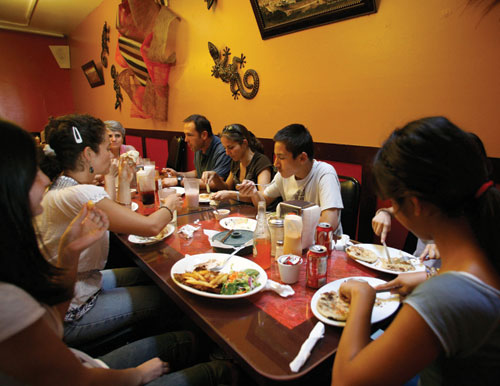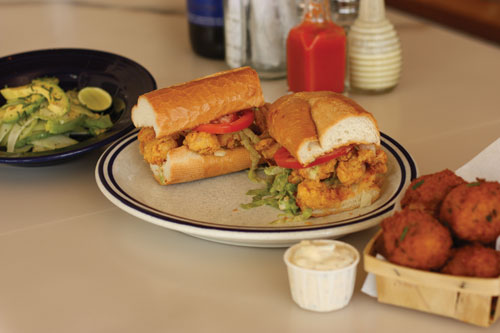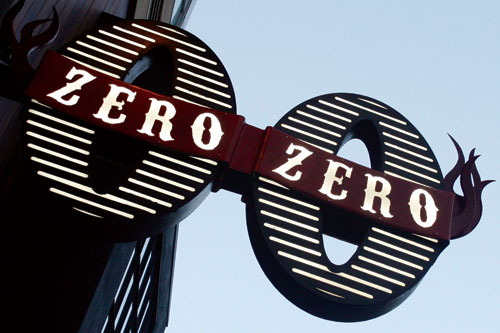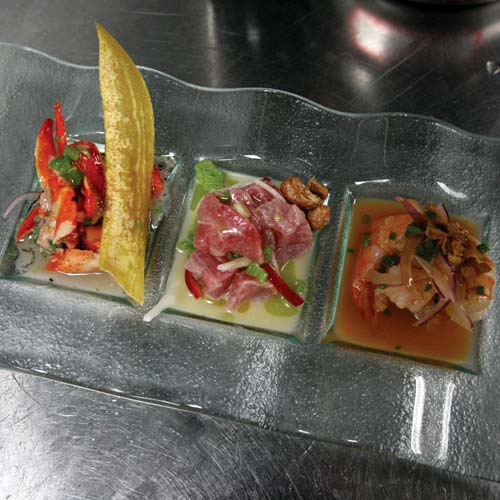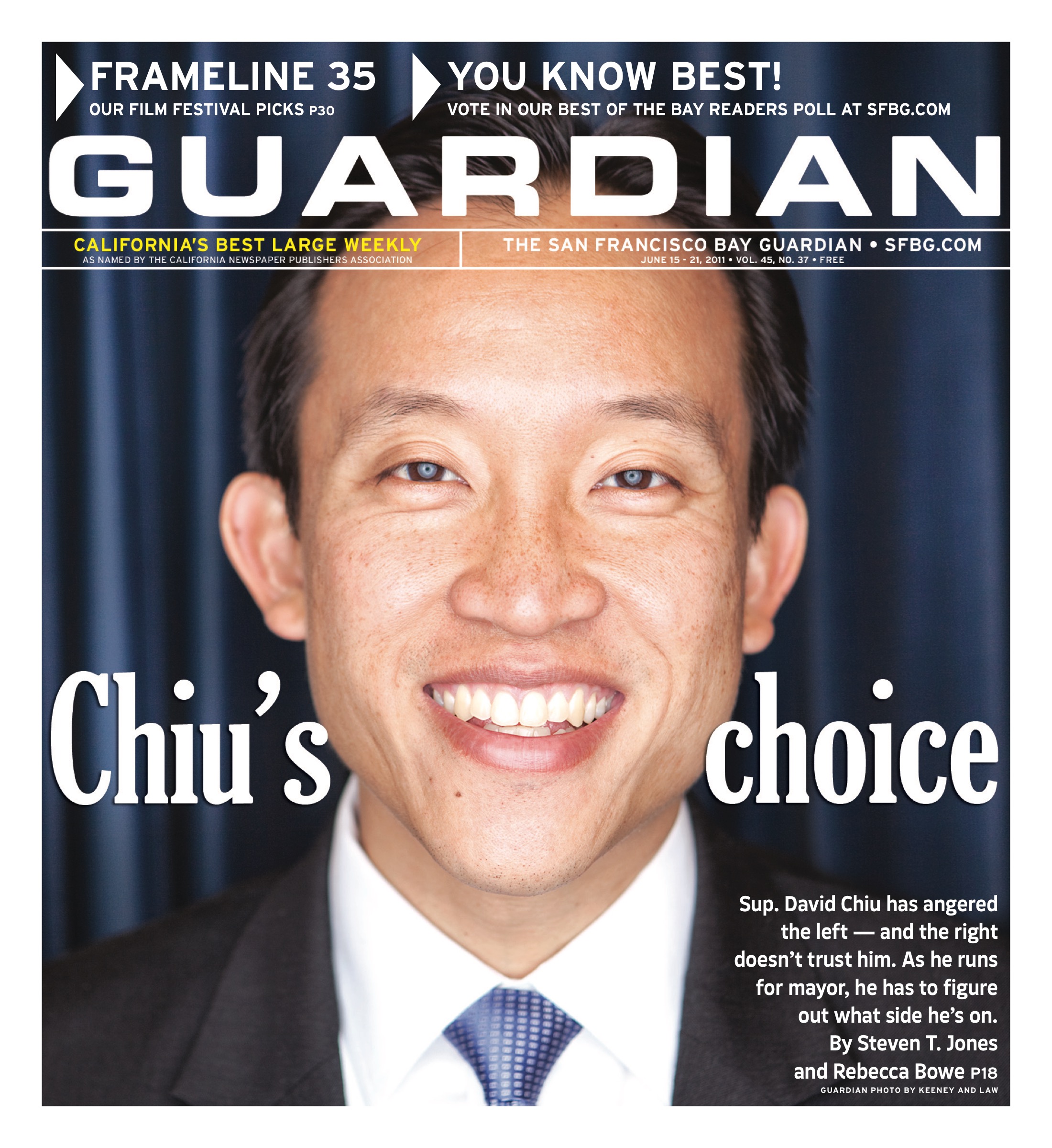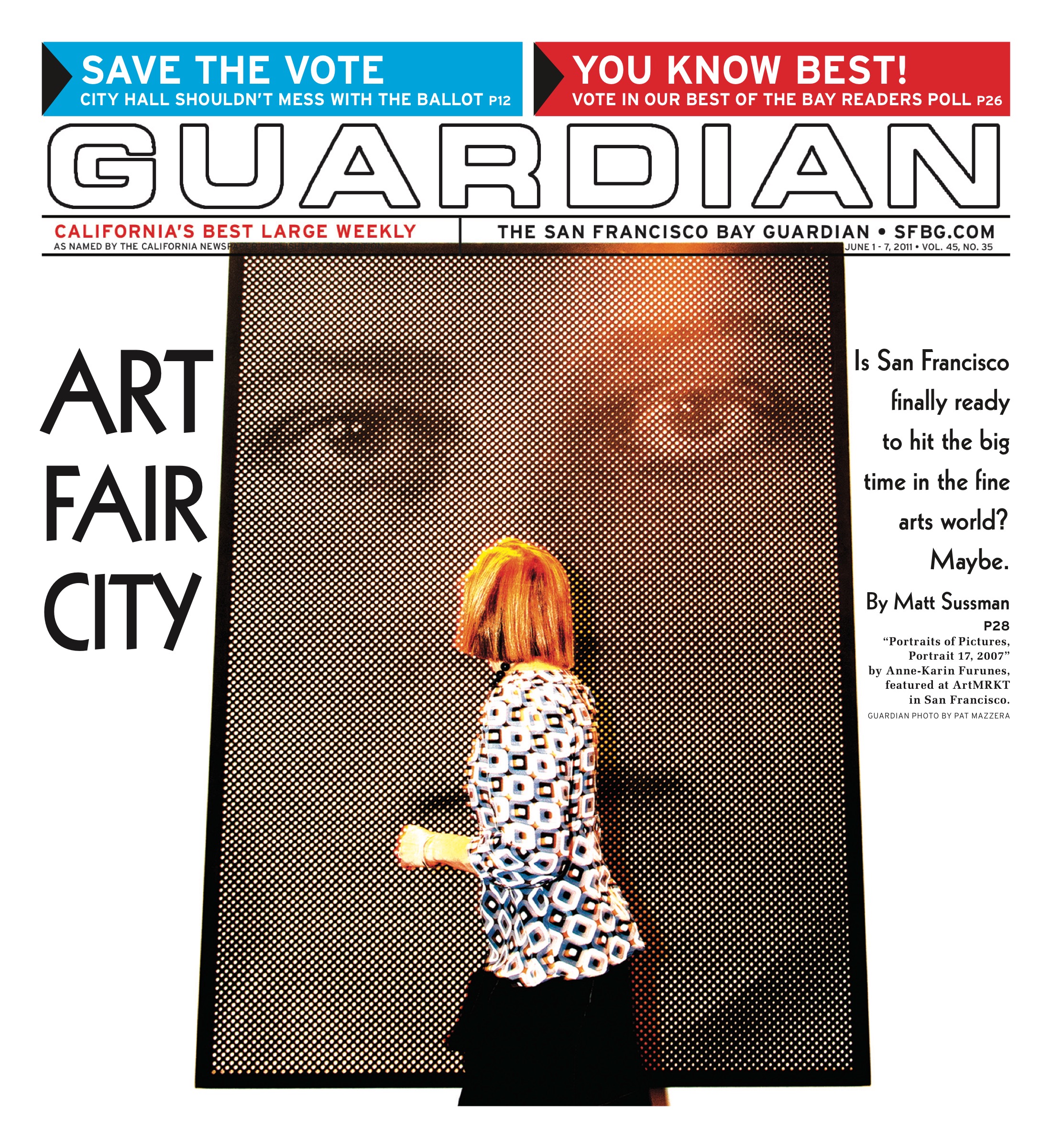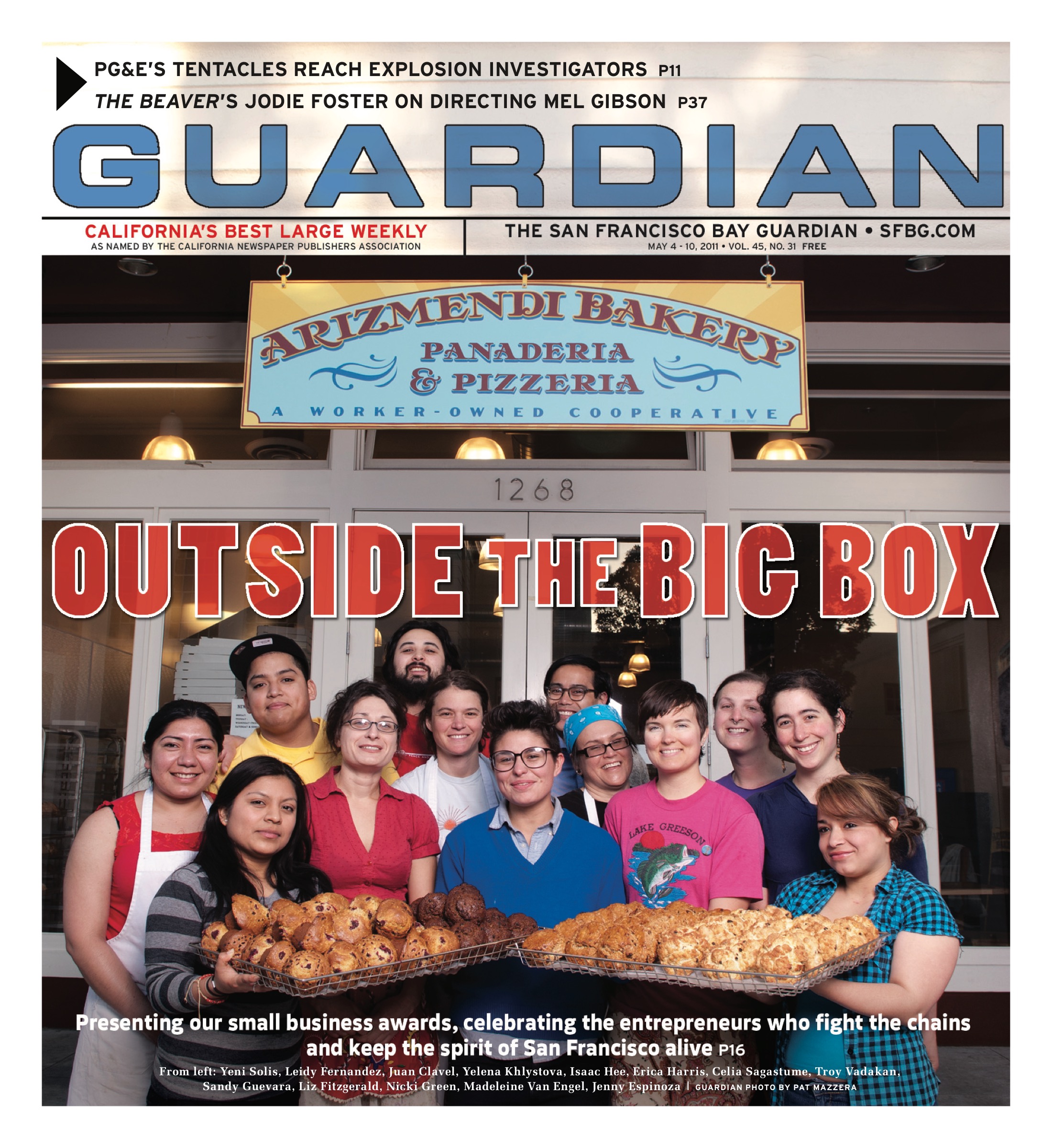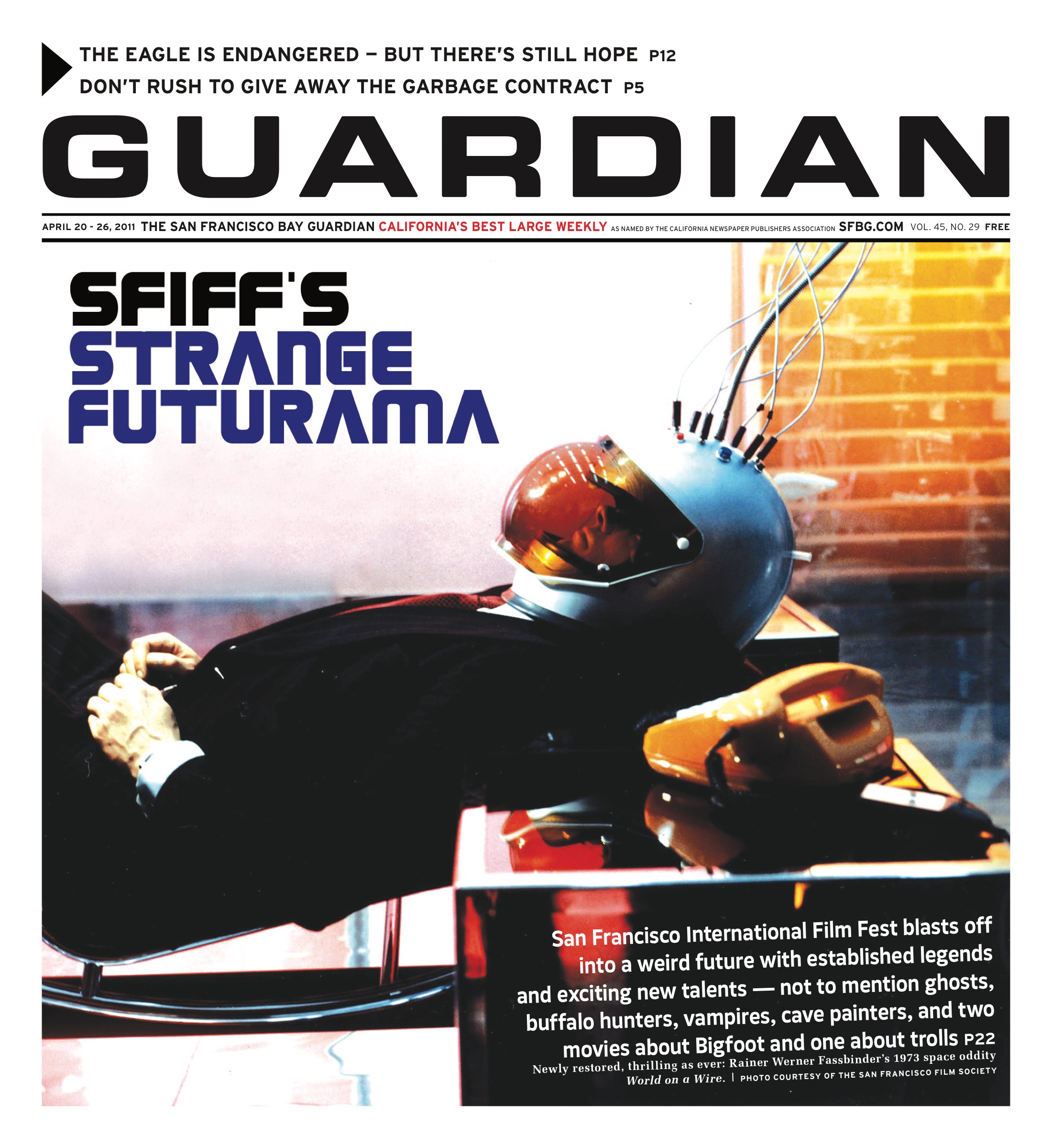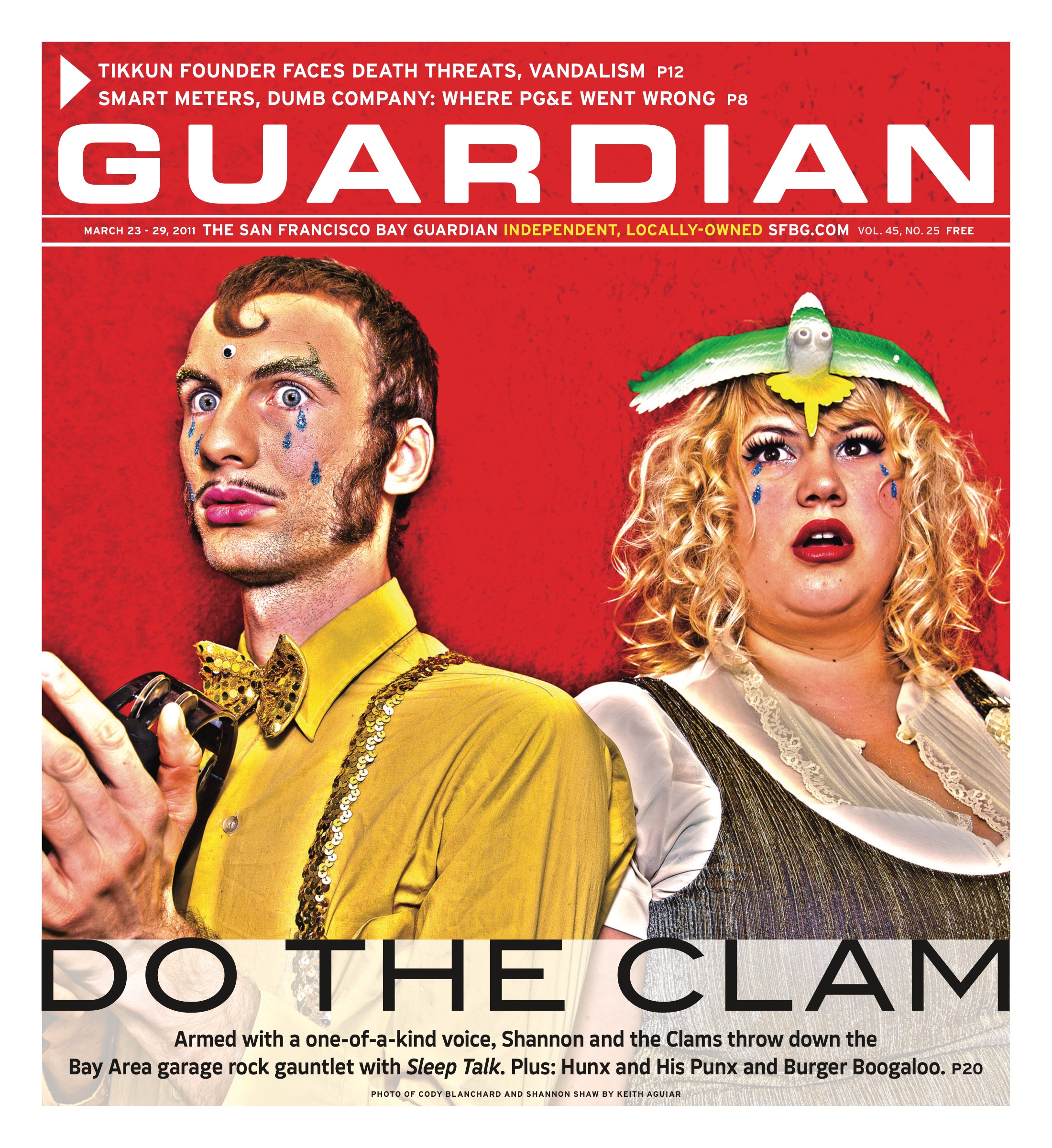› paulr@sfbg.com
DINE “I’ve had a good run,” Harry Morant tells a young friend near the end of one of my favorite movies, Breaker Morant. Soon after, he is set before a military firing squad and shot dead. My own circumstances are, I hope, less dire — certainly they’re less cinematic — though I too have had a good run. But all journeys come to an end sooner or later, and so now does this one.
If you’ve read these columns through the years, then you’ve read quite a few columns, and you’ve counted quite a few years passing by. In a better world, you would get a rebate check for all your trouble. Reading is, if not trouble, at least effort; it is a form of work that requires exertion, and it also — unfortunately — reminds too many people of school, with syllabi, assigned texts, pop quizzes, and other such outrages. “Required reading” has always seemed to me to be one of life’s great oxymorons, along with “military intelligence.”
Nonetheless I have always posited the existence of readers, people who would take the time to sit down and concentrate for a few minutes on a piece about a restaurant in a free alt-weekly so that they might discern, and maybe even pleased by, the texture of the piece, the flavors of the language, the sense of a place conveyed, the images and jokes. And I have tried to write for those people, even if (to judge by the occasional appreciative notes I received) they seemed largely to be members of the UC Berkeley faculty.
Readers, as I imagined them, would take pleasure in what they had just read, and they would also have been expanded by it, however slightly. Their effort would have been repaid. As I writer, I have always tried to keep this transaction, the basic transaction of all literary life, in mind.
Never was I an awarder of stars, nor, as I understood things, a recommender. Those tasks fell to others, and in a city stuffed like a fat sausage with people keen to write about food and restaurants, leaving tasks for others struck me as an essential survival skill. The greater good is not served by everyone descending on the same place to write more or less the same thing, as quickly as possible. That is simply hype, and we are dying of hype. I meant to write about places others weren’t writing about. Sometimes I managed this and sometimes I didn’t, but the idea was always in my mind, and when I found myself in the midst of a 10-car pile-up anyway, as happened from time to time, I deducted five points from my account.
For me the model, or ideal, of this gig resembled a travelogue, a running account of places visited, impressions received and relayed. Of course journalism tilts strongly and inevitably to what is new. But I thought it was important to tack against those powerful winds when possible, to go occasionally to places that were not new or were even old, or to places that could be found on roads less travelled. I tried to keep the varieties of cuisines in mind, and of price points. You can spend tons of money and be disappointed, or spend very little and be elated — and it can also be exactly the other way around.
My basic philosophical orientation was that of a cook, setting forth to look for ideas and even a sort of instruction. I’ve been the cook of my little household for more than a quarter-century, and someone in that position naturally is going to be looking for ideas, twists and wrinkles that can politely, or at least discreetly, be taken home and used. Often, when looking at menus, I would find myself wondering: have I made that, or could I, should I try to? And when this or that dish reached the table, I would wonder how it compared to my own version.
One of the big issues with restaurant kitchens is that you never know for sure what they’re putting in your food, but a lot of butter is probably a safe bet. If you believe, as I do, that health is a personal responsibility and that the connection between diet and well-being is as basic as it gets, then there is no substitute for buying and cooking your own food rather than paying somebody else to do it. Restaurant meals should be treats, not staples.
Restaurants are about more than food, of course. They are social fora, gathering places full of talk and clothes and interior design; they are cultural statements, business endeavors, entertainment venues, and labors of love. They are, above all, sensual experiences — great outings for the senses — and describing sensual experience is one of the trickiest and most absorbing operations any writer will ever undertake. The difference between doing it well and doing it badly is often fine and very often involves the presence or absence of cliché. Rote expressions and tired imagery are lethal to sensual description — it seems particularly and bitterly ironic to find the freshness of food being written about in language as stale as month-old bread — and in my small way I have been a committed warrior against these toxins of banality. Down the weeks, months, and years, I have tried to summon language as lively, exact, and unexpected as I could think to make it, so that it might delight the reader and, not coincidentally, stick in the mind.
There is nothing more powerful in language than a phrase, sometimes a single word, that helps you see something you hadn’t seen before, or helps you see something you had seen before, even if it’s just a burrito, in a surprising new way. These glints of words kindle the imagination, and imagination, I would say, is basic to our prospects as a species. This is why good writing, whatever its subject, will always be not just important but central, even when, as now, its value is eclipsed by a rising culture of gadgets and gizmos, of YouTube clips played on smartphones. The heart of human intelligence, of human knowing, is and will remain language, and writing is language’s most potent distillate. What we feed our minds is as important as what we feed our bodies — or at least that is what I believe, since I am a writer and couldn’t possibly believe otherwise.
But enough! I must run.




